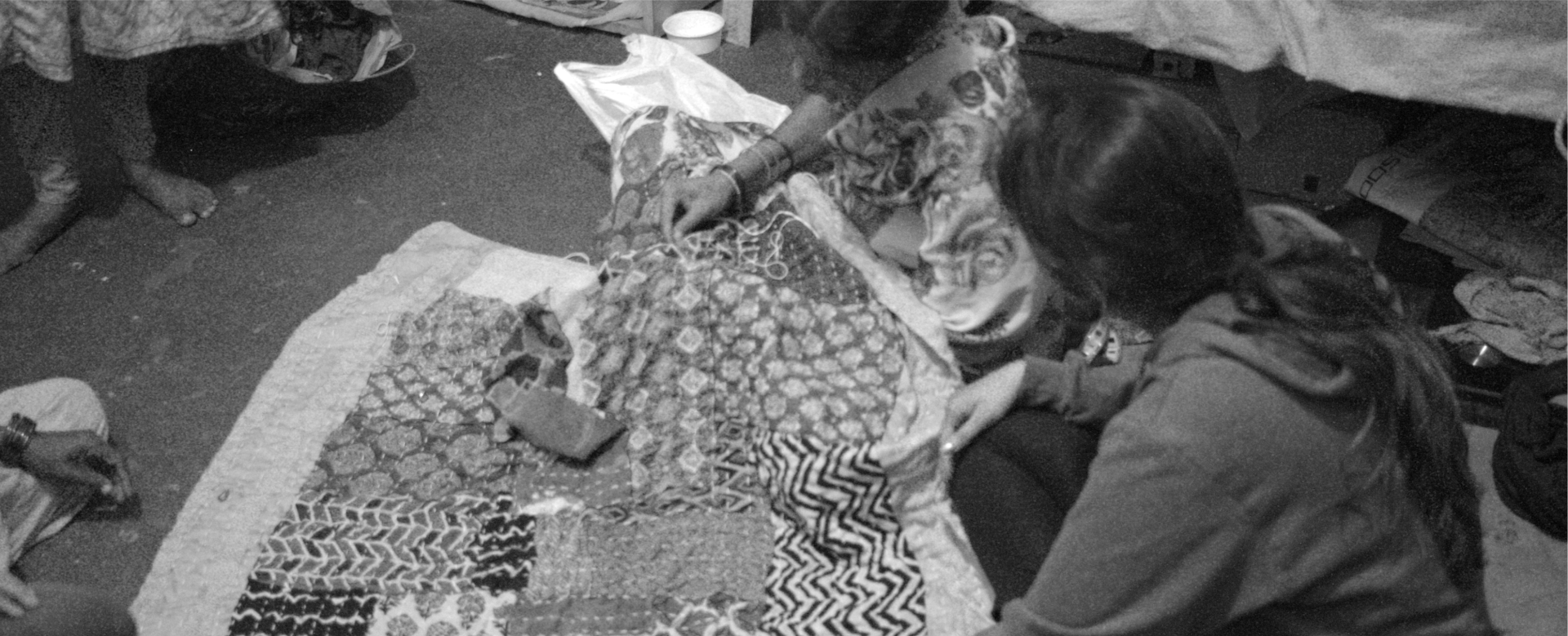
Recent Trends in Sustainable Fashion and Textile Production
Ever since the term sustainability has gained momentum and has been cultivated by people across the globe, consumers and manufacturers are consistently trying to make efforts to reduce their impact. It is well stated now that employment of sustainable practices in every sector is more than essential to sustain the planet. Sustainability is a vast concept that survives on three major pillars, namely, social, environmental, and economical. Taking the massively polluting textile industry into consideration, it has got the most complex and long chain of sectors involved. From agriculture to chemical manufacturing to retail to waste management departments, each plays a very important role in producing a garment that is generally disposed off easily. A heavy consumer of natural resources and chemicals, the textile industry has already done enough harm to the environment and people. But with people becoming more aware of global warming and rising levels of carbon footprints, they are demanding sustainable and ethical garments in their wardrobes. Thus, the adoption of sustainable practices in the textile industry at the manufacturing level and consumption levels is significantly more important than ever. But is it that easy?
From ethical sourcing of yarns to responsible disposal of garments, sustainability is now being demanded at every stage. But one of the major challenges in the fashion industry is to incorporate sustainable factors at a large level of manufacturing. Although fashion largely revolves around the environmental aspect of sustainability, it is believed that the fashion items produced by sustainable practices can alleviate the ecological and social strains in addition to providing an ethical choice for sustainable-conscious consumers. Starting from procurement to dumping, there are some noticeable changes in the industry. At the manufacturing level, the producers are slowly trying to obtain fibers or yarns from natural resources. Selecting raw materials like linen, cotton, wool, and silk, that are sourced from renewable resources, without being blended with other synthetic materials can help in the easy biodegradation of the garments. But again, it comes with its consequences, not all naturally sourced materials are eco-friendly. For example, cotton, although sourced from a natural resource, requires a large amount of water to grow and it deteriorates soil quality and health. The water consumption for the production of synthetic fibers is significantly lower (about 1/10) compared with cotton. For example, acrylic fiber needs 0.3-15L/kg of water, whereas cotton fibers need 200L/kg. So choosing the right fabric becomes crucial in the sustainable fashion industry. After procurement, the mechanical processing of fibers into fabric requires a heavy amount of energy and creates massive pollution. The total energy consumption in a textile industry can be split as 34% in spinning, 23% in weaving, 38% in chemical processing, and 5% in other miscellaneous processes. For that, innovative techniques like open-end rotor and air-jet spinning, rapier, projectile, air jet, multi-phase, and water jet loom, high-speed circular knitting, computerized flatbed machine, and seamless knitting are being incorporated to reduce the environmental impact. The chemical processing of fibers is equally harmful to the environment. Using a large amount of water, energy, and toxic chemicals, the industry is creating chaos in the environment. But the use of safe chemicals, natural dyeing processes, reduced chemical usage, use of eco-friendly processes like plasma treatment, digital printing, use of enzymes, and biotechnology can help in sustainable fashion production. Post-processing is the manufacturing part of garment production. Manufacturing is a very energy and labor-intensive task that can be worked upon by the use of energy-efficient tools, machinery, and equipment. Digital alternatives like 3D virtual sampling and using tech-operated tools can save up time and energy to a great level. The packaging stage of a garment is also very vital from a sustainable point of view. Instead of using popular plastic tags and packaging, manufacturers are now seen using eco-friendly materials like recycled paper, biodegradable paper, fabric tags and covers, etc. Getting a certified label from global governing bodies also acts as a criterion for consumers to choose sustainable garments. Labels like Fairtrade, GOTS, Cradle to Cradle, and EU Ecolabel ensure the consumers that the garment is made in a responsible manner.
After the manufacturing stage comes the consumer usage stage, which is similarly affecting the environment in multiple ways. It starts with a person making a purchase. Online shopping has gained popularity recently because it saves time, and energy and provides the ease to the consumers of comparing and selecting their purchase in the comfort of their homes. Post that, the energy consumed during the care and maintenance of cloth is almost four times (75-80%) compared to the energy consumed for its production (15- 20%). Regular washing of garments uses a lot of water and energy, chemical detergents, and releases microplastics into the drain. Other than that, the popular ‘throw-away’ culture of clothing is filling up landfills at a skyrocketing speed. Sorting and recycling the textiles from landfills is a troubling task, thus, what aware consumers are doing on their part is making the most of the garment they are purchasing. Wearing it enough, taking care of it responsibly, repurposing it into something relevant, donating, renting, or reselling it are among the common options that they are opting to increase the shelf life of the garment. And since the concerns regarding sustainability are rising, it is beneficial for the environment that manufacturers create recyclable garments to close the loop. Along with these environmental issues, the fashion industry is also responsible for unethical ways of production including bonded labor, unfair treatment, and pay of workers, sexual abuse at work, and child labor in poor working conditions. But again, the increasing interest of the people in improved labor standards has compelled many brands and manufacturers to draw their attention to social responsibility too. So, in order to sustain in this dynamic market, garment producers need to manufacture eco-friendly and sustainable garments ethically while ensuring that their business is achieving targeted profits.
Sustainability as a whole has become a global trend that affects each sector to its core. While the fast-paced nature of the fashion industry had done enough harm so far, it is good to see distinguishable changes in the industry pattern. It is safe to state that widespread greener and better alternatives to the harmful materials and processes of producing a garment can help save the planet.
1. Barnes L, Lea Greenwood G, Joergens C (2006) Ethical fashion: myth or future trend? Journal of Fashion Marketing and Management: An International Journal 10(3): 360-371.
2. Clark H (2008a) SLOW+ FASHION-an Oxymoron-or a Promise for the Future…? Fashion theory 12(4): 427-446.
3. Eckerberg K, Nilsson M (2013) Environmental policy integration in practice: Shaping institutions for learning, Routledge.
4. Rajkishore N, Amanpreet S, Tarun P, Rajiv P. A Review of Recent Trends in Sustainable Fashion and Textile Production. Curr Trends Fashion Technol Textile Eng. 2019; 4(5): 555648.
5. Rajkishore N, Amanpreet S, Tarun P, Rajiv P. A Review of Recent Trends in Sustainable Fashion and Textile Production. Curr Trends Fashion Technol Textile Eng. 2019; 4(5): 555648.
6. Eckerberg K, Nilsson M (2013) Environmental policy integration in practice: Shaping institutions for learning, Routledge.




Leave a Reply